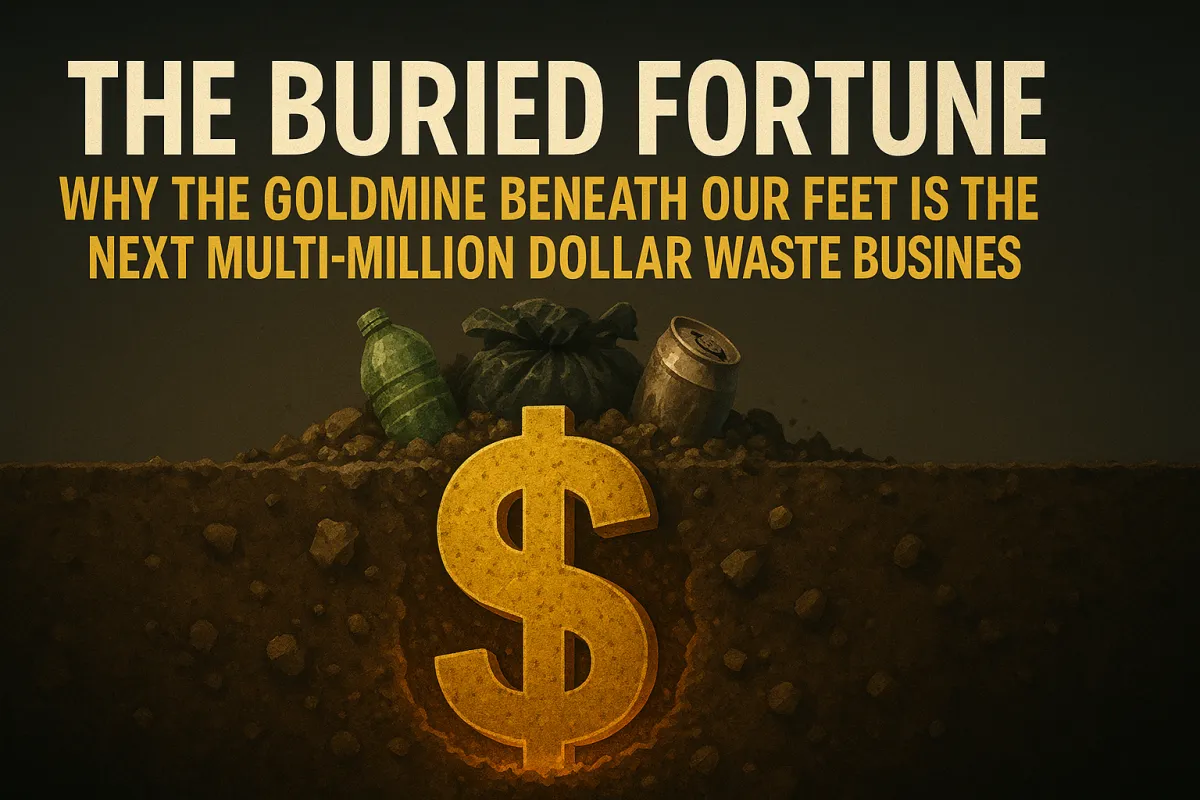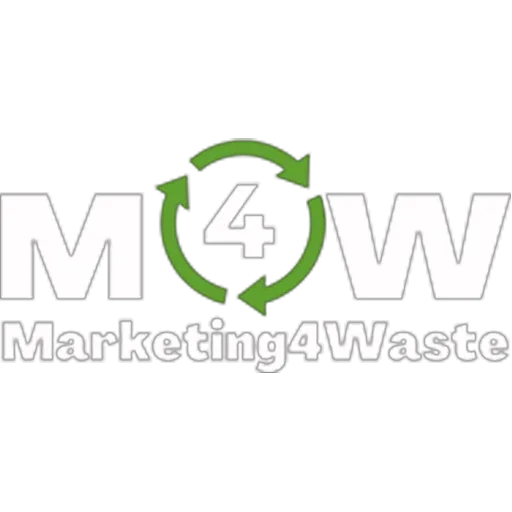Increase the Revenues of Your Waste Company With the Tips Shared in Our Blog Articles

The Buried Fortune: Why the Goldmine Beneath Our Feet is the Next Multi-Million Dollar Waste Business
Let me ask you a question that could change the way you look at your local landfill forever.
What if I told you that mountain of garbage outside your city isn't a problem to be managed...
…but a buried profit center just waiting to be strip-mined for cash, fuel, and materials?
I’m not talking about someday.
I’m talking about right now—while the rest of the market is asleep, distracted by trendy "green talk" and government reports.
This is about reclaiming millions of tons of metals, minerals, high-BTU gas, and agri-grade fertilizer compounds from places nobody dares to look:
Old landfills.
Yes—those "sealed," forgotten plots of land where we’ve been throwing industrial, commercial, and municipal waste since the 1960s.
What’s buried there is bigger than lithium, bigger than coal, and more immediate than solar farms.
This is urban mining meets energy production.
And the only question that matters is:
Will you be the one to claim your stake?
The Silent Stockpile Beneath the Soil
Back in the 1980s and 90s, we didn’t think much about separating waste. It all went in—the aluminum siding, the copper wires, the burnt-out compressors, the plastic wrappings, the expired meds, the food scraps.
Nobody thought of value.
Nobody thought of recovery.
Now fast forward to today.
Landfills are sitting on top of:
Copper worth over $8,000 per ton
Aluminum at $2,600 per ton
Steel, brass, lead, and even precious metals
Gas reservoirs producing 400–500 cubic feet of methane per ton of decomposed waste
Nitrogen-rich biosolids, and ash-laced residuals that can be refined into fertilizer components
It’s not trash. It’s inventory.
And like Dan Kennedy taught me: You don’t wait for opportunity. You orchestrate it.
Landfill Mining: The Direct Path to Profit Without the Bureaucratic Theater
You don’t need a $50 million waste-to-energy plant to get started.
You need three things:
A site (hint: there are 10,000+ landfills in the U.S. alone)
A model (I’ll give you that in a minute)
And the guts to see it before others do
Let’s talk about the three pillars of modern landfill mining that turn yesterday’s waste into today’s wealth.
Pillar 1: Metal Extraction for Manufacturing and Resale
Buried in those landfills are decades of industrial and consumer metals, most of which were dumped pre-recycling era.
We’re talking about:
Structural steel from demolished buildings
Copper wiring from old housing and machinery
Aluminum parts, siding, and frames
Lead and nickel from automotive and appliance waste
Even silver and gold from early-generation electronics
Urban miners using smart excavators and conveyor-based separators are pulling hundreds of tons of saleable metals per acre.
The margins?
Let’s just say they’d make Wall Street hedge funds jealous.
The scrap copper alone can deliver $20K+ per truckload, and once processed into furnace-ready grade, it fetches a premium price from domestic manufacturers who can’t touch imported stock due to tariffs and compliance rules.
Pillar 2: Gas Recovery for Energy and Industry
Every ton of decomposing organic matter produces landfill gas (LFG)—a potent mix of methane and CO₂.
And unlike solar or wind, this stuff flows 24/7/365.
Modern recovery setups (even on a modest 40-acre site) are producing:
RNG (Renewable Natural Gas) for grid injection
Methane for powering cement kilns and steel mills
Heat energy to supply industrial boilers and power plants
Some facilities earn revenue in three ways:
Selling methane as fuel
Avoiding tipping fees by redirecting new waste streams
Generating carbon offset credits that—while I don’t rely on them—can fatten the bottom line
Here’s the kicker:
Every landfill has gas. You just have to tap it and channel it.
And this isn’t theoretical.
Sites in California, Florida, and Pennsylvania are pulling $2M–$5M per year in fuel sales from trash buried 30 years ago.
Pillar 3: Fertilizer From the Filth
Here’s where most folks completely miss the point.
Old landfills are a biochemical stew of decaying food, biosolids, ash, and organic residue—which sounds gross, until you realize what that means:
➡ Nitrogen
➡ Phosphorus
➡ Potassium
➡ Calcium and Magnesium
This means that with proper extraction and stabilization processes (think mobile separation units and low-tech centrifuges), we can recover fertilizer-grade outputs from the waste matrix.
In some pilot projects in the Midwest, they’ve even produced pellets that are bagged and sold to ag co-ops at $400 per ton.
This is the future of agricultural supplements without mining or import dependency.
Forget hauling in phosphates from Morocco.
You’ve already got the feedstock—rotting quietly under your town.
Why Most People Will Miss This... And Why You Won’t
Most people still think of landfills as dead zones—"sealed forever," off-limits, expensive to touch.
But I don’t play by yesterday’s rules.
Because just like Stephan Georgi says: You only need one big idea, one buyer, and one simple offer to make millions.
And that’s what this is:
The materials are already paid for (they’re sitting underground)
The infrastructure exists (pipes, roads, permits)
The buyers are already waiting (scrap markets, ag suppliers, power plants)
What’s missing?
You.
Your willingness to step in, make the call, secure the rights, and build a cash-flow system around something the city thought was worthless.
Here's How You Can Tap Into This Market (The Frank Kern Summary)
Let me break it down like Frank would.
You’ve just seen the opportunity.
You’ve learned how old landfills hold:
Millions in metals
Ongoing fuel revenue
High-demand fertilizer feedstocks
You don’t need a PhD.
You don’t need $10 million.
You need a plan, a contact list, and a blueprint.
Here’s your action step:
✅ Book a free 20-minute consultation call with me.
On the call, I’ll walk you through how to:
Locate viable landfill sites in your region
Build a 90-day recovery plan using lean models
Connect with high-ticket buyers who pay fast
Avoid the top 3 mistakes that kill new SRM ventures
No pitch. No fluff. Just pure business-building strategy from someone who's helped companies extract over $25M from streams just like this.
Don’t sit on your goldmine.
Dig it up and cash in.
—
Sam Barrili
The Waste Management Alchemist


© 2025 Marketing4waste - All Rights Reserved,
Marketing4Waste is a brand of MiM MarketingInterimManagers LLC
+1 801 804 5730

